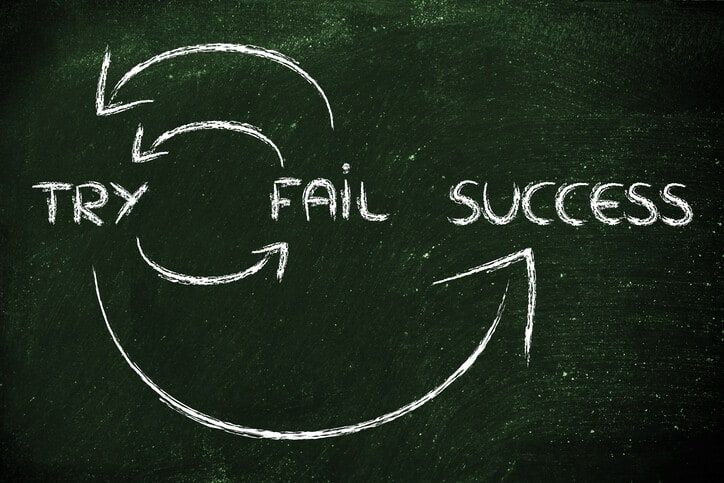Stop Torturing Your Team by Making Your Next Meeting the Best Ever
I’m not a fan of most meetings. Why? Meetings are usually one of two things – an instrument of torture or a carefully utilized tool that generates positive results.
What can leaders and participants do to make a meeting worthwhile?
Not all meetings are the same, but there are ways that participants and leaders can make meetings productive rather than torturous.
Know the purpose of the meeting
If you call the meeting, be sure to include the intended outcome and the agenda on the invitation. “Touching base” or “discussing the numbers” is not a purpose. Instead, “comparing our results to our plan and determining the top two adjustments we will make in the coming 30-days” is much clearer. With a clear purpose and agenda, people know what to expect and can prepare to contribute. My favorite rule is no purpose or agenda = no meeting.
Decide how you will “show up” with a point of view
Think about the agenda and do your homework. Prepare your questions to address the meeting’s purpose and develop your point of view. Determine how you will help the attendees achieve the meeting objectives. If you have data, provide it to the participants in advance.
If the meeting will impact you and your team, it is essential to contact the other participants to understand their point of view. This connection before the meeting increases your influence as you know the insights of your fellow participants, and you can prepare to address their point of view in contrast to your own and amplify your common ground. Never underestimate the connection before the meeting.
Arrive early and pick your spot
When you arrive a little early and thoughtfully chose your seat, you begin influencing without saying a word. Studies have shown that where you sit in a meeting makes a statement about your power, a point of view and if you will be heard. Head of the table facing the door is the one leading. Seats to the immediate right and left of the leader seat have the most influence. The seat opposite of the leader is usually in the opposition spot. Side seats are less visible and often heard less.
Take your space
Give yourself working space, be open, and use open body language. Studies show that many women allow others to crowd them in meetings men often do not. Taking physical space reinforces that you have influence and a voice even when you are not speaking.
Speak early
If you’re going to influence the outcome of the meeting, speak early with a concise point of view. Use language that reflects thought and logic. Amplify ideas that you agree with throughout the meeting. The exception to speaking first is if you are the highest-ranking leader. The leader should speak last, so all have the opportunity to get their point of view on the table. When the leader speaks early, it can shut down interaction in the meeting.
Stay on an even keel
When discussing tough topics in a meeting, keep your emotions in check. Breathe deep if you are starting to feel anxious. I recall an executive’s style of screaming, cursing, and flaying his arms when a person disagreed with him. Being on the receiving end of his furry, it took the wind out of his sails when I stayed in control by breathing, relaxing my body, and speaking calmly. Breath -it works. Our brain works better, and we gain respect from other attendees when we stay on an even keel.
Use a parking lot
Sometimes a topic comes up in a meeting that does fit the purpose of the meeting. A way to harness this potential diversion is to use a parking lot.
Anyone can do this. Thank the person for bringing the topic to the group, write the issue in the parking lot – the whiteboard, flipchart, notes, and let all know that topic is not lost but addressed at another time. Then go back to the purpose of the meeting. An agenda helps reinforce that time is used to achieve the meeting’s objective. A parking lot helps capture off-topic ideas or topics while remaining focused.
Confirm the outcome
Right before closing the meeting, be sure to confirm the expected next steps and who does what by when. Assure there are no dangling misunderstandings or unstated expectations.
Meetings can help us move our organizations forward and achieve our goals. It requires a relevant agenda, prepared attendees, focus, and sticking to time limits for a meeting to be a powerful tool for your team.
What actions help make your meetings productive?
To learn more about ways to strengthen your leadership and effectiveness, contact us at www.kmleadership.com.









